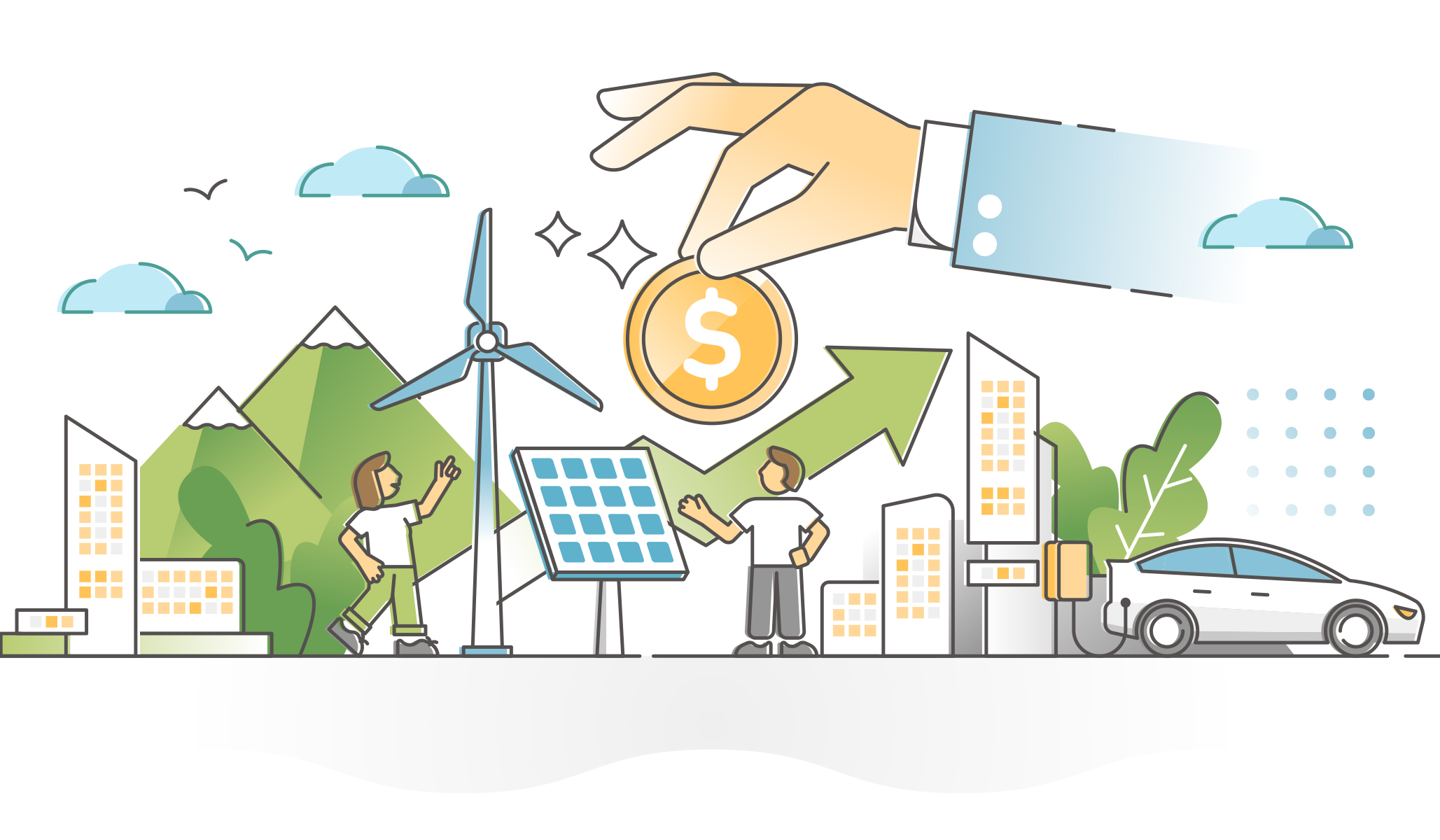Baby. Bath Water. Climate Nonsense.
We have seen countries move backwards for decades. Growth risk is an order of magnitude larger than climate risk.

Capital Thinking · Issue #926 · View online
Climate policy is ultimately an economic question. How much does climate change hurt?
How much do various policy ideas actually help, and what do they cost?
You don’t have to argue with one line of the IPCC scientific reports to disagree with climate policy that doesn’t make economic sense.
Climate Policy Should Pay More Attention to Climate Economics
Climate policy is usually framed in terms of economic costs and benefits. We should spend some money now, or accept reduced incomes by holding back on carbon emissions, in order to mitigate climate change and provide a better future economy.
But the best guesses of the economic impact of climate change are surprisingly small.
The U.N.’s IPCC finds that a (large) temperature rise of 3.66°C by 2100 means a loss of 2.6 percent of global GDP. Even extreme assumptions about climate and lack of mitigation or adaptation strain to find a cost greater than 5 percent of GDP by the year 2100.
Now, 5 percent of GDP is a lot of money — $1 trillion of our $20 trillion GDP today. But 5 percent of GDP in 80 years is couch change in the annals of economics. Even our sclerotic post-2000 real GDP grows at a 2 percent annual rate.
At that rate, in 2100, the U.S. will have real GDP 400 percent greater than now, as even the IPCC readily admits. At 3 percent compound growth, the U.S. will produce, and people will earn, 1,000 percent more GDP than now.
Yes, that can happen.
From 1940 to 2000, U.S. GDP grew from $1,331 billion to $13,138 billion in 2012 dollars, a factor of ten in just 60 years, and a 3.8 percent compound annual growth rate.
Five percent of GDP is only two to three years of lost growth. Climate change means that in 2100, absent climate policy or much adaptation, we will live at what 2097 levels would be if climate change were to magically disappear.
We will be only 380 percent better off. Or maybe only 950 percent better off.
Northern Europe has per capita GDP about 40 percent lower than that of the U.S., eight times or more the potential damage of climate change. Europe is a nice place to live.
Many Europeans argue that their more extensive welfare states and greater economic regulation are worth the cost. But it is a cost, which makes climate change look rather less apocalyptic.
India’s $2,000 per-capita GDP is one-thirtieth of the U.S.’s $60,000. The cost of climate change to India is trivial compared with the benefits India could obtain by adopting economic institutions more like those of the U.S. — which themselves are far from perfect.
Growth is not an inexorable force. Each step of growth is hard won and fragile. Growth could be 3 percent or more. Growth could be 0 percent or less.
We have seen countries move backwards for decades. Growth risk is an order of magnitude larger than climate risk.
If the question is, “What steps can we take, perhaps costly today, to improve GDP in the year 2100?” hurried decarbonization is not the answer.
If the question is, “What steps can we take to improve the well-being of the world’s poor?” climate policy is not the answer, with many zeros before you get to the decimal point.
Sturdy pro-growth policies, however unpopular to so many in today’s political class and incumbent businesses and labor organizations, are the answer.

Photo credit: Lubomirkin on Unsplash
